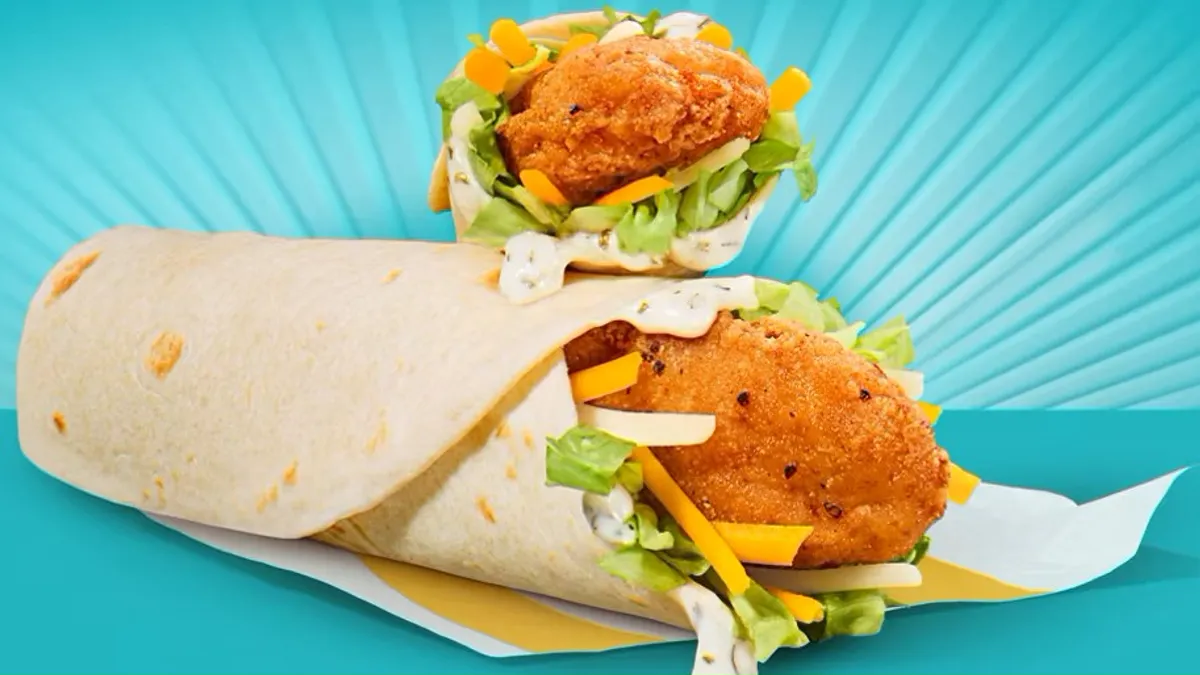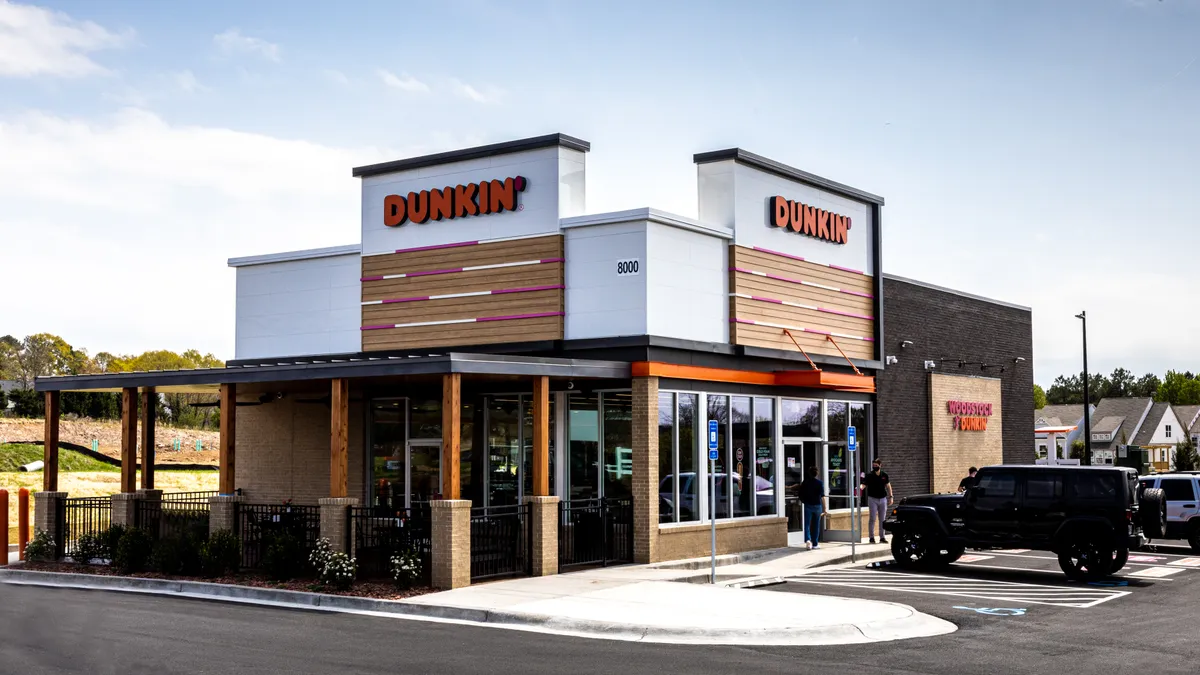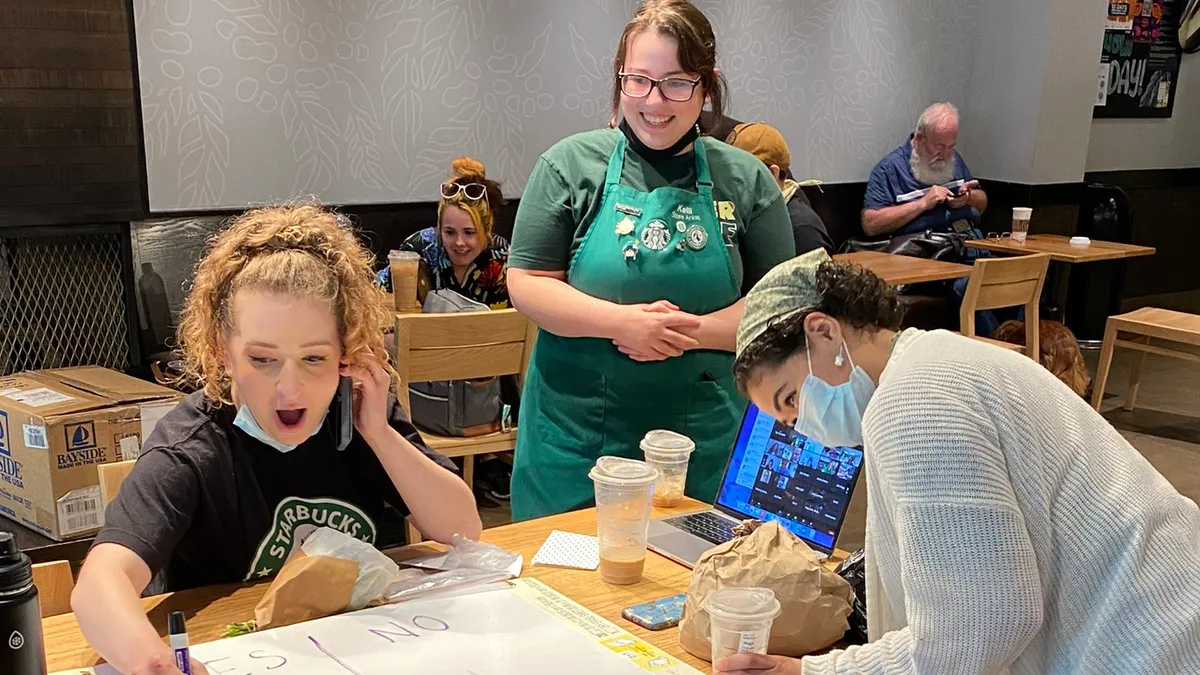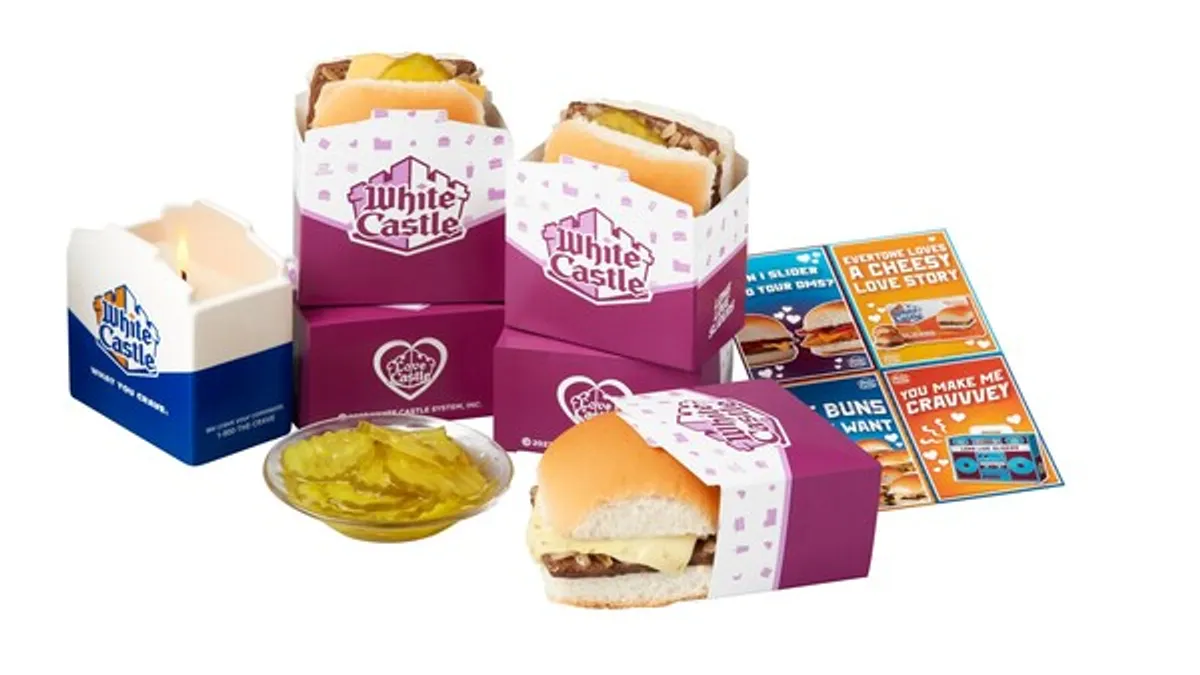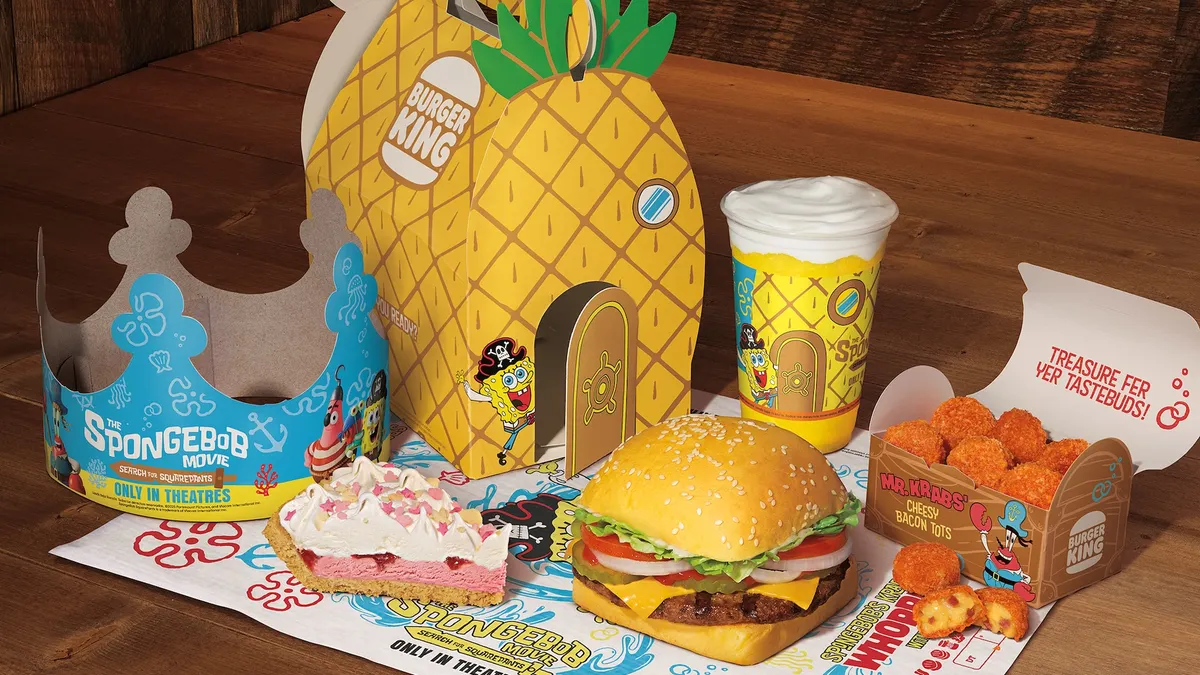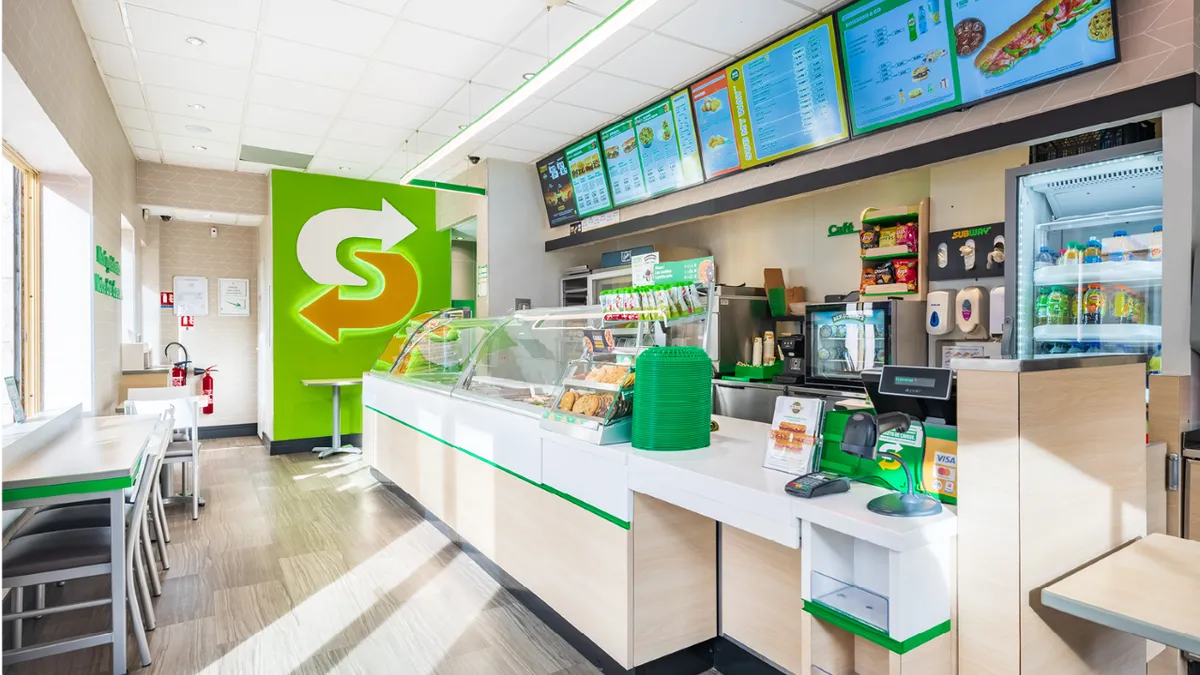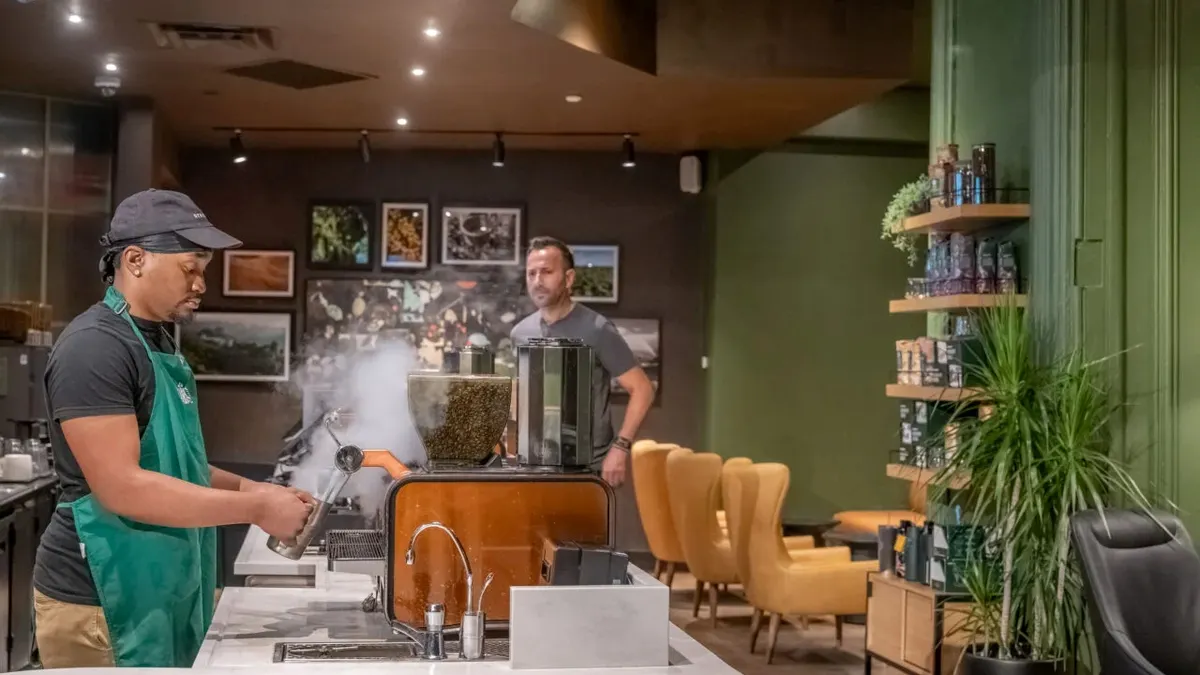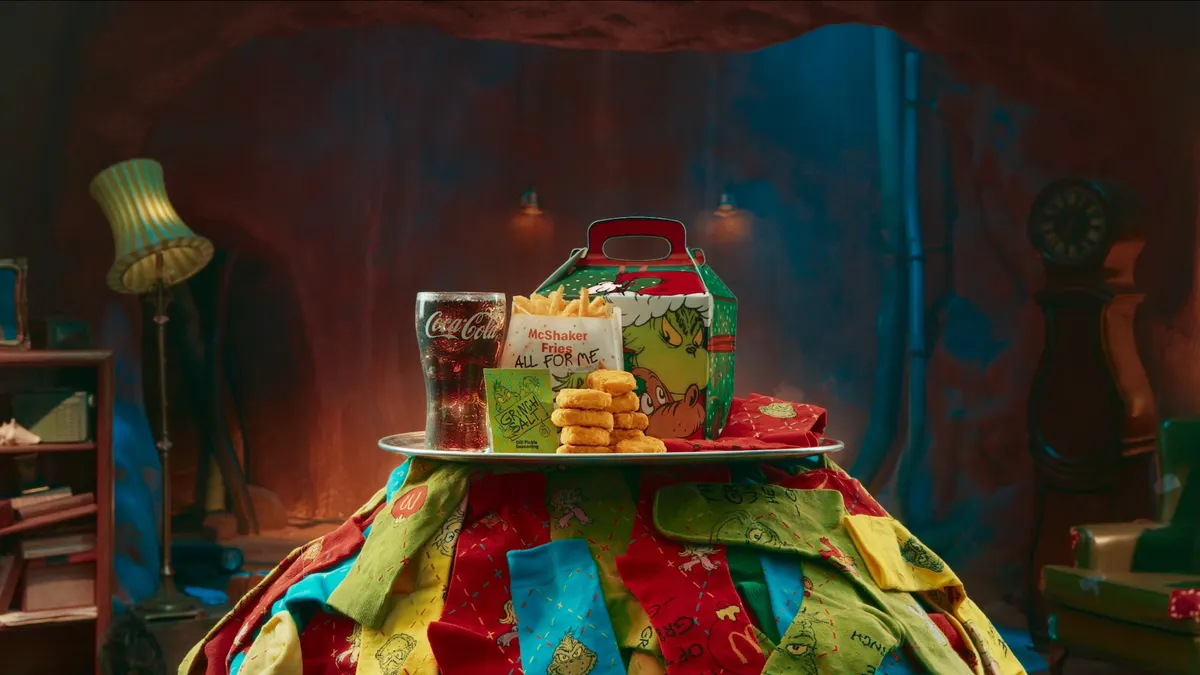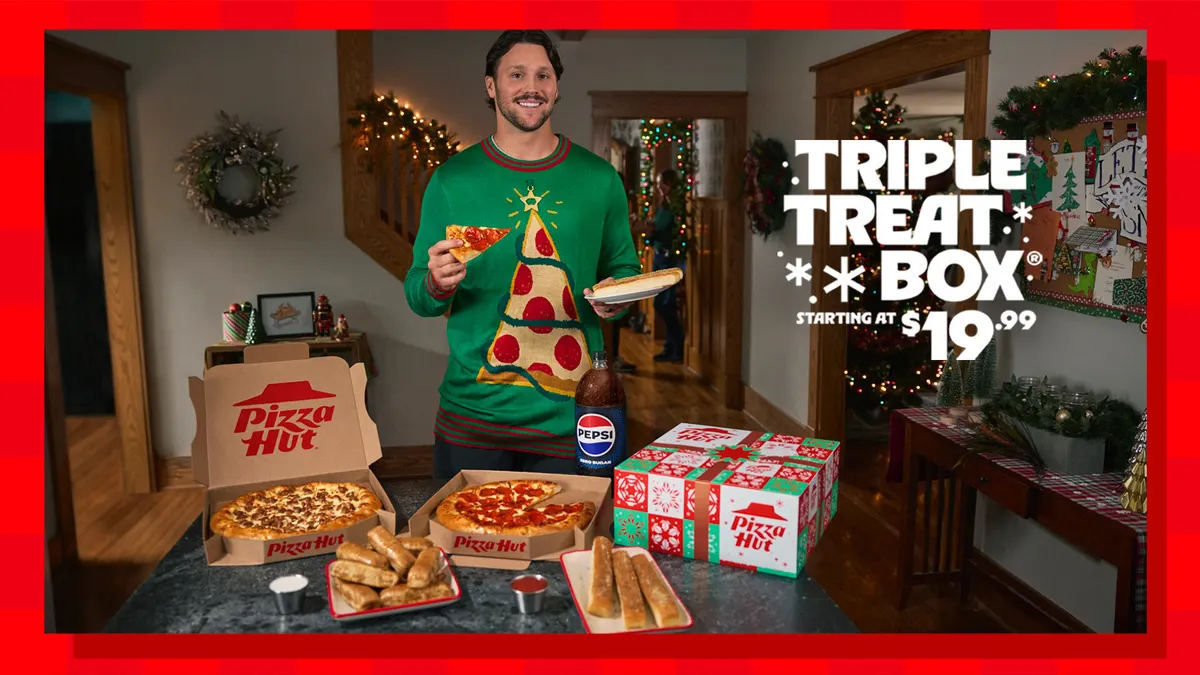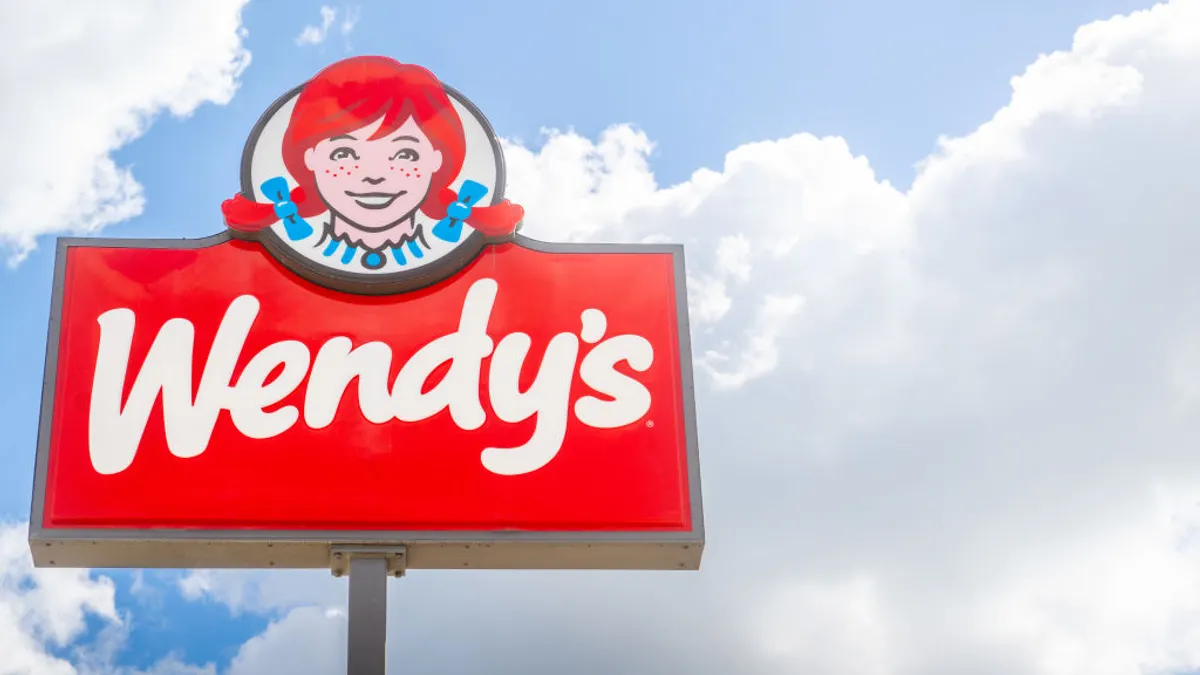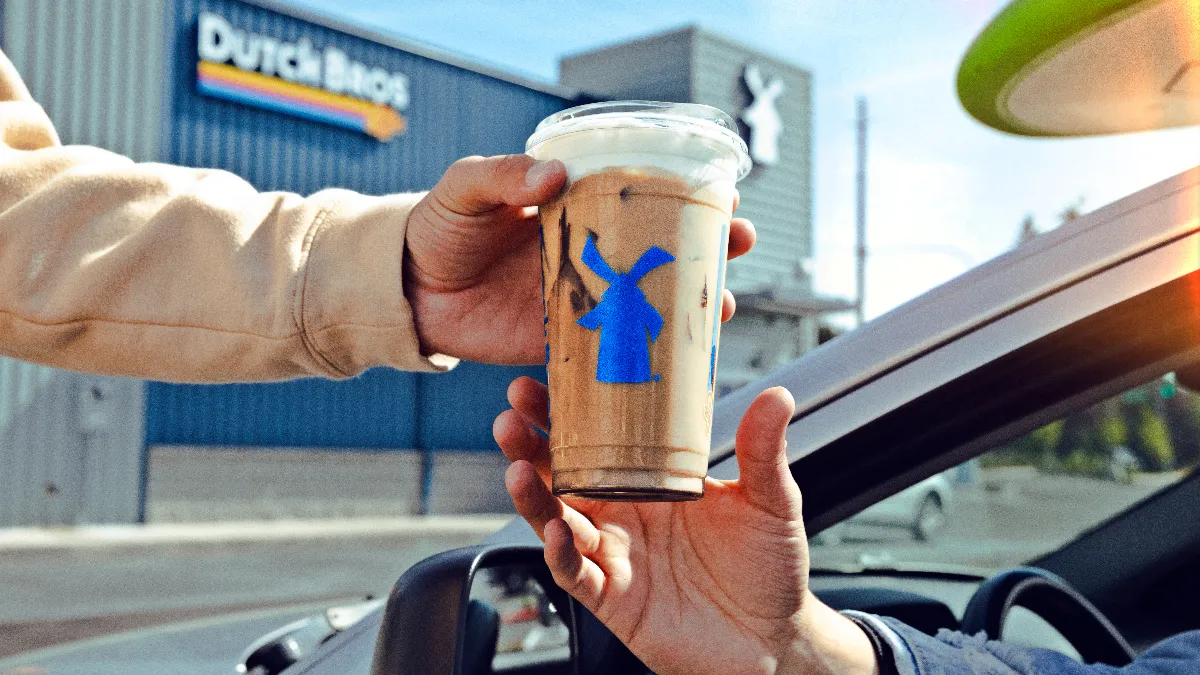The first half of 2025 proved difficult for many restaurant brands. The consumer focus on value held steady, exacerbated by macroeconomic uncertainty. Stubbornly high borrowing costs and inflation — which sits significantly above the norm for the five years prior to the COVID-19 pandemic — continue to weigh on consumer confidence.
Brands that benefited from the decline in restaurant traffic and the trade down across brands were early movers on value and price, like Chili’s, or national brands with big marketing budgets and clear value plays. But the scale of success for the winners, except for Chili’s, is small. McDonald’s overcame its same-store sales decline, but posted only 2.5% growth; Domino’s likewise recovered from a sales stumble. Taco Bell’s same-store sales growth slowed from 9% in Q1 to 4% in Q2.
The losers have seen declines ranging from the merely mediocre — Chipotle and KFC/Pizza Hut — to the downright disastrous — Jack in the Box and Sweetgreen.
Here’s how four restaurant winners and four restaurant losers performed in the first half of 2025.
Winners
Chili’s
Brinker’s flagship brand was the unambiguous winner of the first half of 2025, posting a 31% same-store sales leap in its fiscal Q3 2025 — the first three calendar months of the year — and a 23.7% increase in Q4. These jumps were powered primarily by traffic.
While Chili’s value-oriented marketing and menu plays positioned the casual chain in direct competition with QSR prices, there are deeper factors at work. Since the start of Chili’s turnaround three years ago, Brinker has invested substantially in store and equipment changes and in additional labor.
“We now invest over $160 million more in labor than we did in fiscal '22,” Brinker CEO Kevin Hochman said on the chain’s Q4 earnings call. The brand also accelerated the deployment of TurboChef ovens in the first half of calendar year 2025, CFO Mika Ware said on the Q3 earnings call.
Those ovens are more efficient than older conveyor belt cookers and produce more uniform results, particularly with new menu items, Hochman has said. TurboChefs improved food quality, yielding “a noticeable, delicious bark on our new ribs, and we believe the sales growth in ribs alone will deliver the return on investment we need for the new equipment,” Hochman said on the Q4 call.
The chain has also eliminated operationally complex dishes and SKUs, leaving restaurant teams with “less things to do with more people to do those things,” Hochman said.
To some extent, Chili’s sales numbers have overshadowed the performance of Darden and Dine Brands, especially in the spring and early summer. Dine, supported by value plays bearing a resemblance to Chili’s marketing, ended a streak of same-store sales drops at Applebee’s where traffic turned positive in Q2. Darden’s flagship brand, Olive Garden, notched 6.9% same-store sales growth in fiscal Q4 2025, with particular strength in off-premise sales. There’s a case to be made — on the strength of Chili’s, Applebee’s and Olive Garden’s results — that the big winner this quarter was casual dining as a whole.
McDonald’s
As Chili’s was poking fun at fast food burger prices, the Golden Arches spent the first six months of 2025 solidifying its value position, preparing for new menu item launches and refining its overall menu strategy. These moves put McDonald’s in a position to overcome traffic declines in Q1 through value and the debut of its McCrispy Chicken Strips in May.
With Snack Wraps driving traffic jumps in the early summer, Q3 may be another strong quarter for the brand. The Wall Street Journal reported recently that McDonald’s was planning to trim prices on its combo meals, a move that builds on its existing value strategy. McDonald’s combo gambit may succeed in drawing some significant portion of QSR customers. In that case, competing chains — especially those with weaker unit economics — will fan an unpleasant choice. Cutting prices may help draw consumers in, but the margins on those tickets will likely drop. Holding prices steady will likely result in traffic declines, but higher margins on individual orders.
In terms of unit economics, McDonald’s has room to move on value. According to its franchise disclosure document, the average sales volume at traditional U.S. locations was about $4 million in 2024.
Last year, Burger King’s AUV at traditional stores, per its FDD, was nearly $1.7 million. Wendy’s franchised locations generated $2.1 million in sales on average last year. At Jack in the Box, that figure was almost $2 million.
Taco Bell
In a similar vein to McDonald’s, Taco Bell’s success in the first half of the year had everything to do with Crispy Chicken. Chicken nuggets and Crispy Chicken Tacos — Yum’s answer to the snack wrap craze — positioned the taco chain to capture consumer enthusiasm for chicken, while driving LTO buzz. This helped Taco Bell reach 4% same-store sales growth in Q2, which meant the brand was “outpacing the limited service category in the U.S. by 4 percentage points,” Yum CEO David Gibbs said on the company’s August earnings call.
The brand started H1 off strong, with the launch of $5 and $9 Luxe Cravings boxes, which gave it attractive value options at a range of price points. Within four months, the move pushed competitor Del Taco to add a similar lineup. In the longer term, Taco Bell’s beverage innovation and premium Chicken Cantina Menu have become powerful sales drivers at the store level.
All that emphasis on chicken pushed Taco Bell’s chicken sales up 50% in two years, Gibbs said on the call.
“We expect the momentum in chicken to continue as Crispy Chicken becomes a permanent platform in 2026, while the momentum behind new occasions will continue with shredded beef later this year,” Gibbs said.
Taco Bell added refreshers in June and began testing a revision to its value menu in Indianapolis.
Domino’s
The big three publicly traded pizza delivery brands posted negative same-store sales in Q1 2025, but Domino’s 0.5% drop was the smallest, and the brand bounced back with 3.4% comps growth the next quarter.
Victory, of course, has many fathers: Domino’s long-term decision to start working with third-party aggregators has helped restore delivery sales momentum, while the brand has emphasized new menu items and value. Its value emphasis manifested in deals like 50% off online ordered pizzas in late April, $6.99 for large carryout pizzas in early June, and $9.99 pizzas from early July to August.
“The big difference with Domino's is when we provide value, we're going on offense. We're doing it because we think we can grow. And I think other folks are doing it because they're on defense,” CEO Russell Weiner said on Domino’s Q2 earnings call.
On the menu innovation front, Domino’s added stuffed crust pizza, filling a hole in its menu that competitors had been able to exploit for 30 years.
“We have never had this many tools at our disposal to capture market share,” Weiner said.
Losers
Sweetgreen
2025 found Sweetgreen adrift in a sea of troubles. The chain’s same-store sales fell for the first time since its IPO in Q1, worsening in Q2 when comps dropped 7.6% and losses worsened.
Much of that shortfall can be attributed to continued pressure on consumer spending, as CEO Jonathan Neman noted on the chain’s August earnings call. This is not the only factor, however.
Some of Sweetgreen’s struggles stemmed from the brand’s lofty expectations for its menu innovation. In February, Neman said on an earnings call that air-fried Ripple Fries were poised “to lead the movement away from the deep frying of French fries.” However, the fries tested the chain’s operational strength, as staff had to cook the fries continuously throughout the day to offer them fresh. Neman likened those challenges to strength training, and implied repetition would make the brand stronger by forcing it to focus on operations.
Six months later, he told analysts the menu item added too much complexity, contributing to the brand’s sales woes. Stores that tested the elimination of fries saw “huge improvements in customer satisfaction because, again, teams can really focus on the core products.” The chain discontinued the fries in August.
Chipotle
The fast casual giant was one of 2024’s standout successes, but its Q1 sales slump proved prophetic for much of the fast casual sector. The price sensitivity and consumer pullback that bled casual dining white in 2024 and drove fast food brands into an extended value war had come to fast casual.
That gravity continued to weigh on Chipotle throughout Q2, as pricing weakened consumer’s perception of the brand’s value, CEO Scott Boatwright said on the chain’s July earnings call.
“I don't think we're getting credit with the consumer today,” Boatwright said.
But, Boatwright said this trouble could be a predominantly macroeconomic phenomenon: “There's no smoking gun here that says we've had a misstep. And that gives us confidence to stay on strategy.”
Since taking the helm at Chipotle after former-CEO Brian Niccol’s defection to Starbucks, Boatwright has tried to project a sense of continuity. But the brand is making changes: More frequent LTOs, a greater emphasis on catering, and a digital-only family meal deal meant to serve four to six consumers.
KFC/Pizza Hut
The first half of 2025 produced the distinct impression that Yum’s major U.S. brands, other than Taco Bell, were falling behind. Both Pizza Hut and KFC have posted negative or flat comps in their home market for the last eight quarters, while rivals like Domino’s have excelled on that key metric and emerging chicken brands Raising Cane’s and Wingstop blew past KFC’s total sales.
Yum has brought fresh leaders to KFC with a plan to replicate Taco Bell’s LTO-heavy menu strategy and undertake a thoroughgoing brand turnaround. The company ultimately plans to bring new beverage platforms to KFC in the U.S., but only after the chain makes other strategic changes.
Pizza Hut, meanwhile, is looking to menu innovation to revive its flagging fortunes. This month, the chain launched a new menu category: Crafted Flatzz. The flatbread-type pizzas are designed for solo dining occasions and could help the chain capture some of the momentum in afternoon snacking and other growing occasions.
Jack in the Box
Few restaurant companies had as bad an H1 as Jack in the Box and its subsidiary Del Taco.
Jack in the Box has posted positive same-store sales in just four of the last 10 quarters, while Del Taco has seen the same metric turn positive only twice in that same timespan. The burger brand’s most recent sales declines were lapping drops in the previous year, compounding the sense of trouble.
With significant uncertainty — including immigration raids — disproportionately impacting Jack in the Box’s consumers in the Southwest, the rest of 2025 could be difficult for the chain.
These sales troubles have pushed Jack in the Box towards two separate turnaround plans: JACK on Track, which focuses on the balance sheet, and Jack’s Way, which is aimed at improving store-level performance.
JACK on Track includes the potential closure of 200 restaurants and may result in the sale of Del Taco, which Jack in the Box acquired in 2021. Jack’s Way, by contrast, will involve more training for employees, CEO Lance Tucker said on the chain’s August earnings call. That training will be complemented by increased marketing on value, and a restaurant redesign.
But Jack in the Box and Del Taco’s value plays haven’t been home runs. The Munchies under $4 menu, which launched relatively early in the 2024 value war, wasn’t intended to compete directly with McDonald’s and Burger King’s value meals, instead targeting the snacking occasion. While the Golden Arches and RBI’s burger chain have both seen some sales trouble, their value meals helped them notch same-store sales growth in Q2 2025.
Del Taco’s value moves, like its meal boxes, seem more like defensive reactions to lessen the competitive threat from Taco Bell’s value moves rather than proactive interventions to alter consumer value perception.



